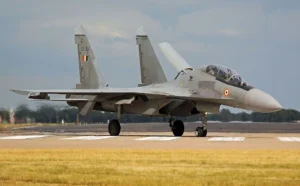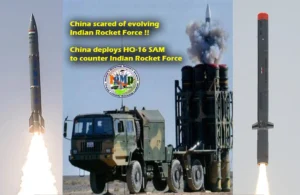Source : The EurAsian Times
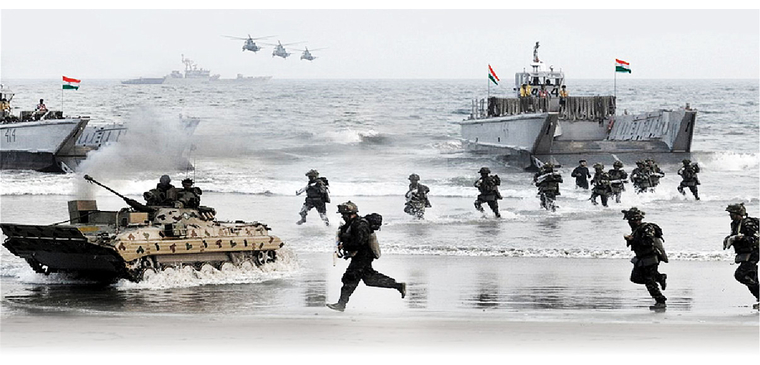
While the Indian Government’s decision to makeover the Great Nicobar Island and turn it into a military and trade center has raised ecological concerns, there is an urgent need to maintain a strong naval force on the island to keep the growing Chinese ambitions in the Indian Ocean region in check.
The Indian government is set to invest billions of dollars to transform Great Nicobar Island into a significant military and trade center, sparking concerns among environmentalists and civic groups.
The move, believed to be largely driven by China’s escalating influence in the Indian Ocean, aims to capitalize on the island’s strategic location for security and commerce.
India has expressed concerns over China’s expanding presence in the Indian Ocean, including its port interests in Sri Lanka and recent activities in the Maldives, raising alarms about safeguarding its maritime interests.
Situated about 1,800 kilometers east of India’s mainland, Great Nicobar is poised to undergo a massive development project worth $9 billion, envisioning it as a South Asian equivalent of “Hong Kong.”
Plans include the establishment of an international airport, a shipping terminal, tourism infrastructure, a power plant, and an industrial zone.
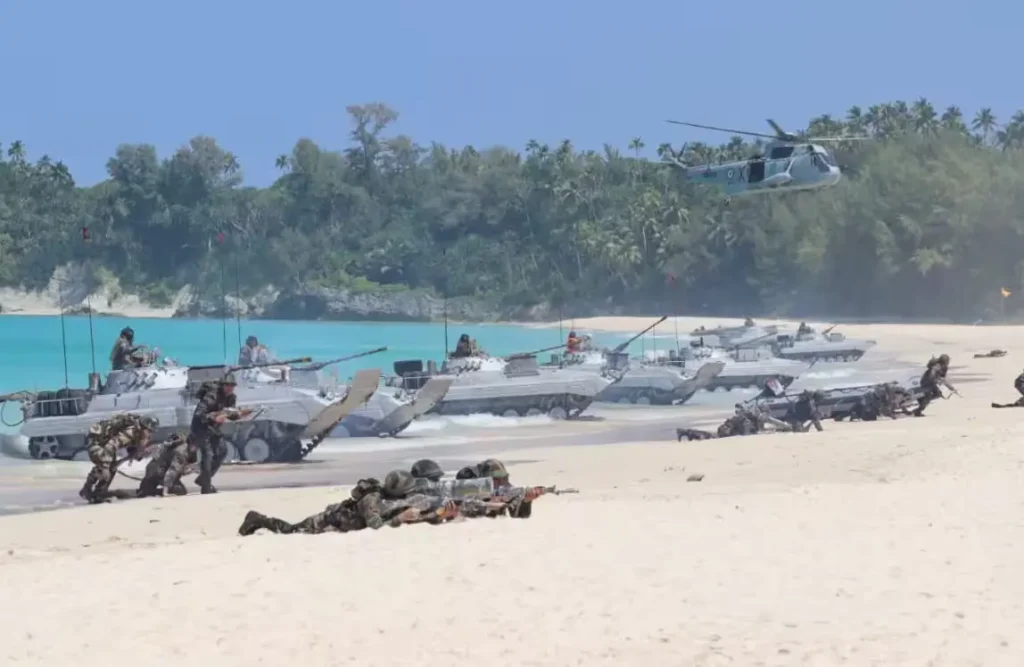
While the Indian government touts the initiative to unlock the region’s economic potential and enhance tourism, environmentalists warn of the detrimental impact on the island’s ecology and indigenous communities.
On February 19, Indian President Droupadi Murmu embarked on a five-day visit to Great Nicobar, a move that has been widely construed as a deliberate stride towards advancing the project aimed at fostering development in the region.
The President, however, stressed, “We have to move forward while maintaining a balance between development and environmental protection.”
Concerns have been widely voiced in India and around the world regarding the environmental risks and the well-being of the Nicobarese and Shompen tribes, two of the most isolated communities on the planet.
Critics argue that the government has failed to provide clear guidance on the future of these tribes beyond suggesting the possibility of relocation “if necessary.”
Nonetheless, the megaproject, unprecedented for the approximately 1,800-square-kilometer islands, features a strategic port as a centerpiece, aligning with India’s Amrit Kaal Vision 2047 is aimed at bolstering maritime development leading up to the country’s centennial independence anniversary.
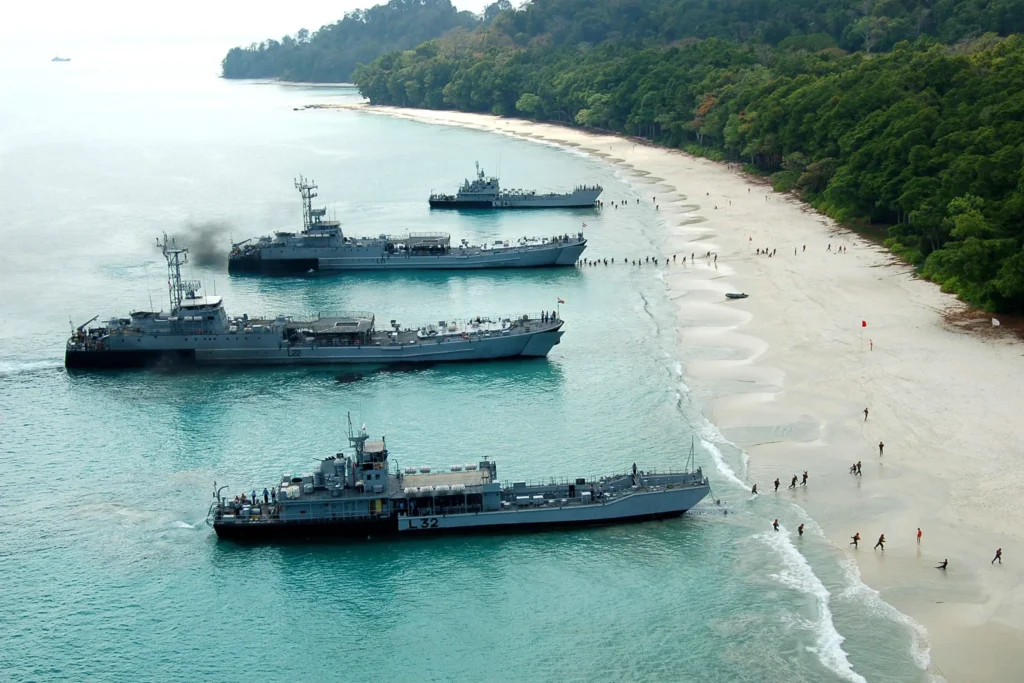
With a natural water depth of over 20 meters, the terminal is poised to accommodate the largest container ships, potentially driving economic growth in the region. Experts also note a potential security aspect to the initiative, given the strategic location of the Andaman and Nicobar Islands along major sea routes.
Indonesia Once Posed A Threat To The Islands
The Andaman and Nicobar Islands are frequently cited as one of the most strategically positioned archipelagos globally, holding significant importance for India’s strategic concerns.
Situated east of India’s mainland, in proximity to Indonesia’s Sumatra, and just a few hundred kilometers away from Myanmar, Thailand, and Malaysia, these islands have long been pivotal in regional geopolitics.
The ongoing development initiatives, largely spurred by escalating concerns about China’s influence, underscore the importance of the island’s strategic location.
The significance of these islands goes beyond contemporary geopolitics. Delving into history reveals how Indonesia once laid claims to the Great Nicobar Island.
In 1962, following China’s assault on India’s northern borders, the Indian Army found itself stretched thin, grappling with the aftermath of the conflict. The Indian Navy was entrusted with the responsibility of safeguarding and maintaining control over the Andaman and Nicobar Islands.
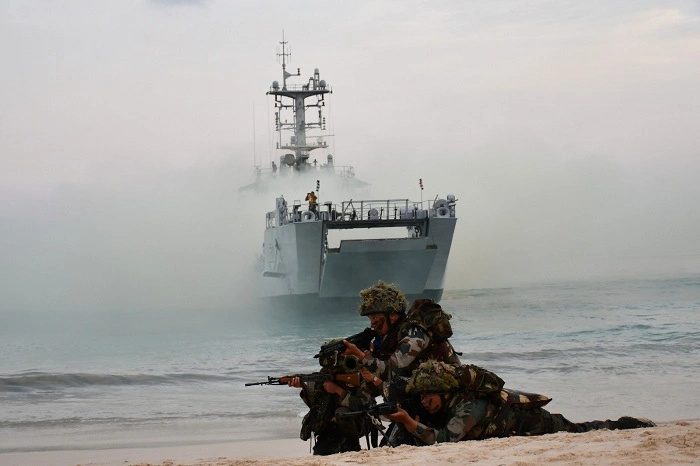
Starting in 1964, Indonesia adopted a noticeably pro-Pakistan position, which was reflected in its diplomatic stance and actions. Indonesian leaders began asserting claims to the Great Nicobar Island, citing its proximity to Sumatra.
Concurrently, there was a surge in reports of unidentified submarines and aircraft sightings in the Andaman and Nicobar Islands.
Indonesia’s acquisition of a powerful naval fleet from Russia between 1959 and 1964, comprising various vessels ranging from submarines to landing craft, heightened India’s vigilance in the region.
Retired Indian Navy Vice Admiral G.M. Hiranandani, in his book “Transition to Triumph: Indian Navy 1965-1975,” provides insights into Indonesia’s naval buildup during this period.
“Between 1959 and 1964, the Indonesian Navy had acquired…(an) enormous fleet from Russia. It comprised one heavy cruiser, eighteen destroyers and frigates, twelve submarines, sixty-seven corvettes and motor torpedo boats, twelve missile boats, twenty-one minesweepers, eleven landing ships, six landing craft, four transport ships, and four oilers,” Hiranandani wrote.
As the Indonesian Navy expanded, Indonesia’s president, Sukarno, pursued a nationalist foreign policy that distanced the island nation from India despite both countries claiming non-alignment.
During the 1965 conflict between India and Pakistan, Indonesia openly backed Pakistan. Further, in response to Pakistan’s request for assistance during the war, the Indonesian Navy dispatched two submarines and two missile boats to Karachi. Both arrived after India and Pakistan declared a ceasefire.

Admiral Bhaskar Sadashiv Soman, then head of the Indian Navy, had expressed concerns about the limited troop presence in the Andaman and Nicobar Islands during the war.
In his book Blueprint to Bluewater: Indian Navy, 1951-65, Retired Rear Admiral Satyindra Singh of the Indian Navy quoted Soman as saying, “I also had some intelligence on the presence of some Indonesian ships at Karachi and knew that any operation undertaken by the combined naval forces of Pakistan and Indonesia would neither be against the Indian Fleet nor the Indian mainland. It was most likely to be for the capture of the Andaman and Nicobar Islands. I was quite convinced in my mind that the Indonesian Navy, knowing full well… only a small force of sailors in khaki uniform was present on these islands, could make an attempt to capture the Nicobar Island…”
This perceived Indonesian threat was corroborated by Pakistani sources. Air Marshal Asghar Khan, who had diplomatic exchanges with Sukarno before the war, recounted Sukarno’s commitment to supporting Pakistan, likening India’s attack on Pakistan to an attack on Indonesia.
Admiral Raden Eddy Martadinata, head of the Indonesian Navy at the time, allegedly expressed interest in seizing the Andaman Islands during discussions with Khan.
Nonetheless, these concerns prompted Naval Headquarters to take proactive measures.
To deter potential aggressive action by the Indonesian Navy, the Indian Fleet was instructed to remain stationed in the Bay of Bengal for extended periods, serving as a deterrent against any adventurist moves by Indonesia in the region.
These accounts underscored the volatile geopolitical dynamics and strategic importance of the Andaman and Nicobar Islands during the 1965 conflict, highlighting the complex relationships and regional power plays at play in the Indo-Pacific.




